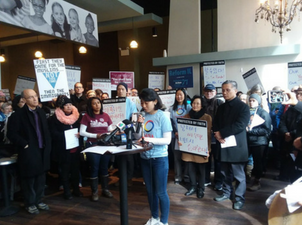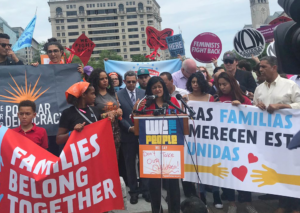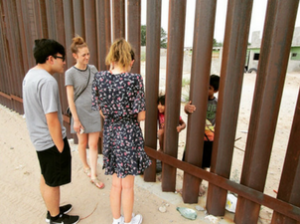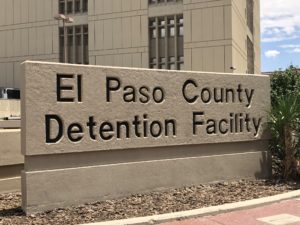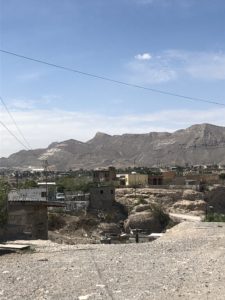
Celebrating Our Dreams, Our Families in the Face of Threats to Family Reunification
Sam Yu
August 31, 2018
In February, the Senate voted on four different immigration bills for our undocumented young people. They all included plans to cut family-based immigration and they all failed to pass. Moreover, the Trump administration was doubling down on using harmful rhetoric around “chain migration” in order to further alienate and dehumanize communities whose families benefit from family-based sponsorship.
An overwhelming majority of Asian Americans come to the U.S. through the family-based sponsorship, meaning that any cuts directly impact our community. Forcing immigrant youth to choose between their futures and their families is pure blackmail and intolerable.
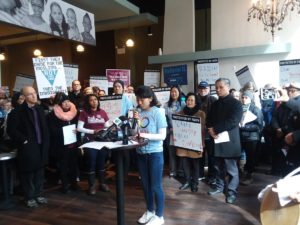
In order to spark dialogue and fight back against the harmful “chain migration” rhetoric, NAKASEC and affiliates launched the “Our Dreams, Our Families” campaign. During February and March, we shared stories of impacted folks from our community whose families have benefited or will benefit from family-based sponsorship. All of the stories can be found at www.nakasec.org/ourdreamsourfamilies.
In one of our stories, Esther, our DACAmented young leader, explained how “it infuriated [her] that members of Congress, even our so called ‘allies,’ would think that [she] would ever want a pathway to citizenship that would prevent [her] from sponsoring [her] own parents… Our parents made us who we are today, our parents are the original Dreamers, and when you celebrate the achievements of Dreamers like [her], you are celebra
ting the achievements of not just our parents but our friends and our communities.”
Esther’s story and her declaration that her mother deserves to stay too captures the essence of the “Our Dreams, Our Families” campaign. We are asking Congress to value our families, protect family-based sponsorship, and fully understand that we cannot support undocumented young people without also supporting their families. Families are a cornerstone of American values and they deserve to stay together!
Sam Yu is the Communications Coordinator at NAKASEC. NAKASEC organizes Korean and Asian Americans to achieve social, economic, and racial justice. Learn more at www.nakasec.org
Originally published in Connection Magazine. Read the full issue here.







